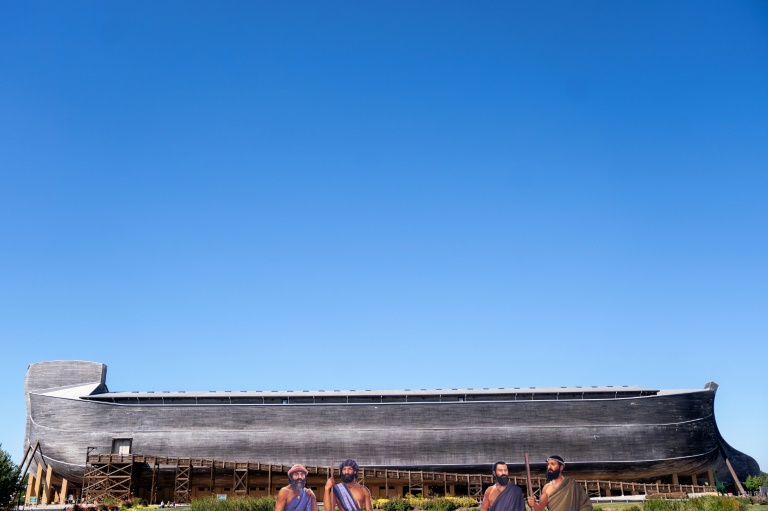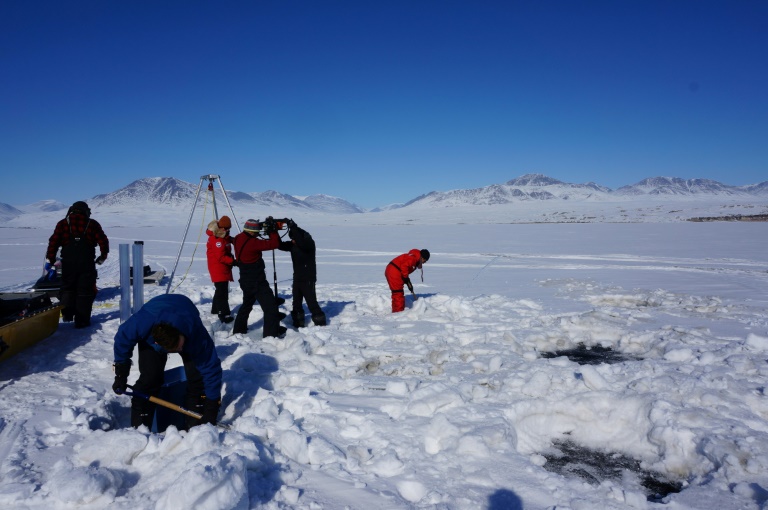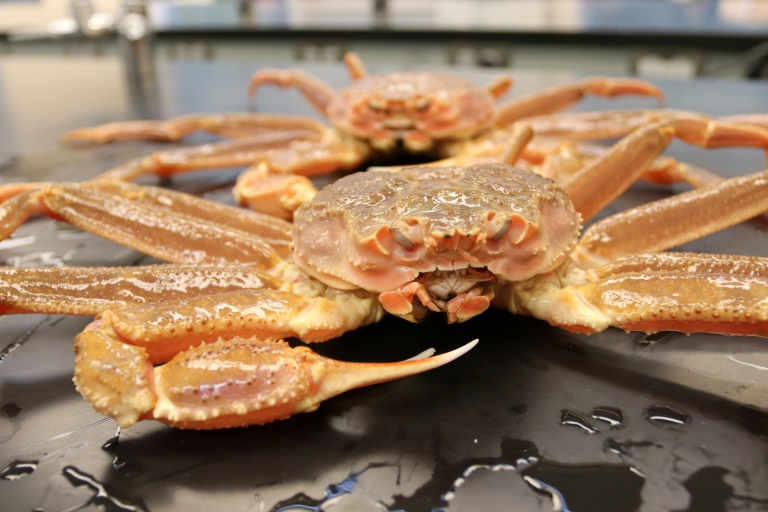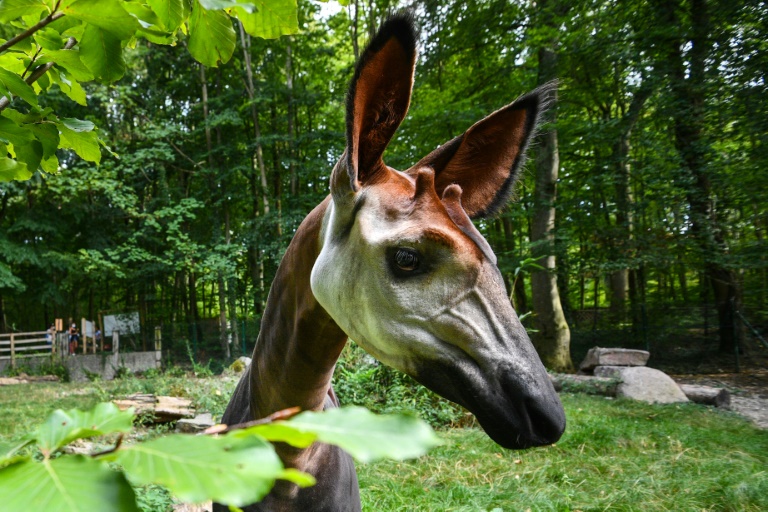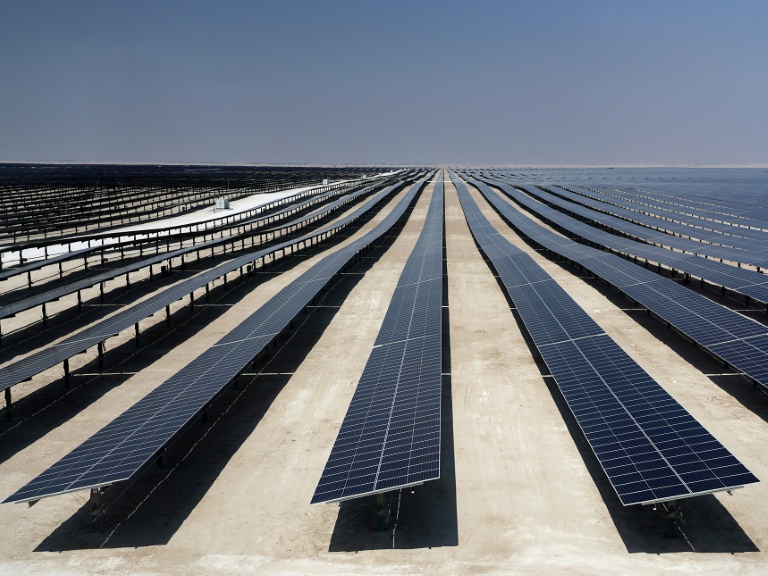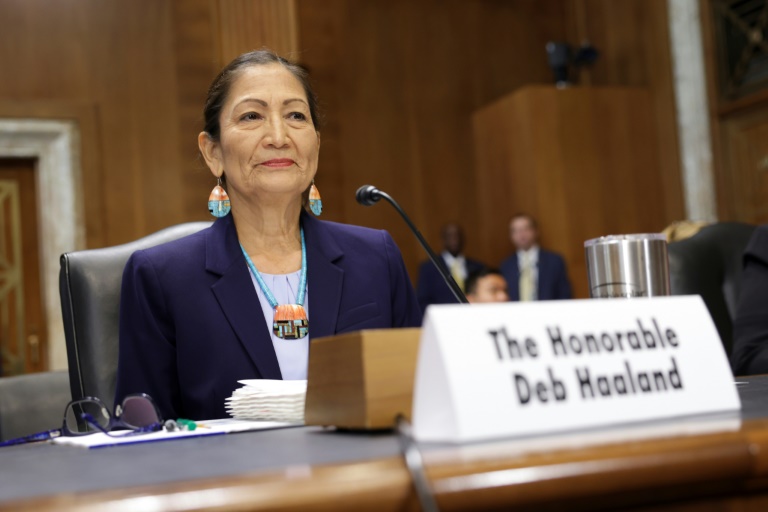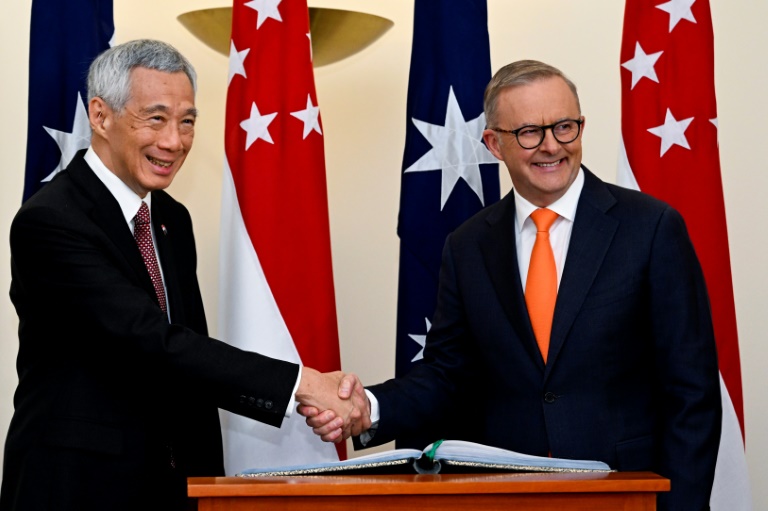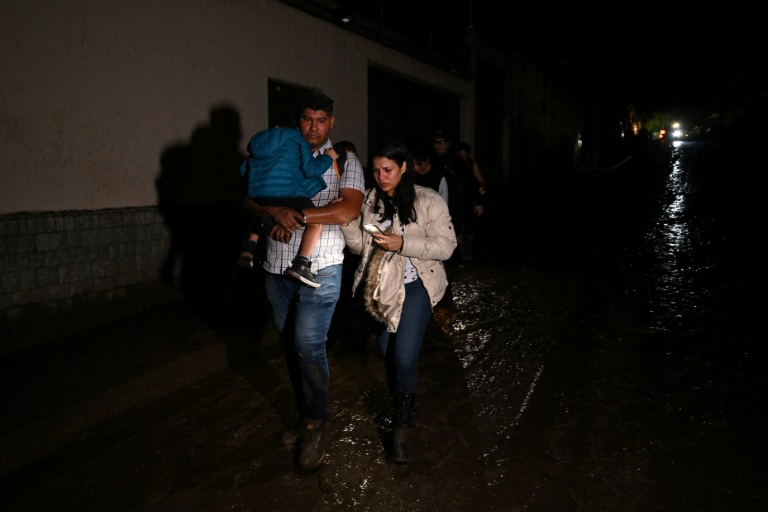Full-scale Noah's Ark — a showcase for US creationists
The replica of Noah's Ark in Kentucky is in keeping with its supposed Biblical measurements: 150 meters (510 feet) long, 15 meters (51 feet) high, and 25 meters (85 feet) wide
A full-sized model of Noah’s Ark sitting in rural Kentucky promotes a worldview that draws visitors from across the United States — that the theory of evolution is false.
The Ark Encounter and the associated Creation Museum espouse the belief that God literally created the Earth in six days around 4,000 BC.
Evangelical Christians flock to see the spectacular staging and sharp denunciations of scientific facts such as that dinosaurs became extinct about 65 million years ago.
Visitors also reflect America’s divided politics as the country heads into midterm elections, with creationists often aligned with the Republican Party on issues such as abortion and gay rights.
“Dinosaurs are often used by evolutionists to proclaim their worldview. So we’ve taken the dinosaurs back, if you will,” said Mark Looy, cofounder of the ark amusement park and the museum.
Standing a few steps from a model of an allosaurus skeleton, Looy said the site offers a different view of dinosaurs — that “most of them perished during the flood about 4,500 years ago.”
The museum opened in 2007 in Petersburg, Kentucky, financed by a donation campaign and supported by Answers in Genesis, a group that believes in strict creationism.
The Ark Encounter opened in 2016 about 70 kilometers (45 miles) away in Williamstown, and contains a replica of Noah’s Ark in keeping with its supposed Biblical measurements — 150 meters (510 feet) long, 15 meters (51 feet) high, and 25 meters (85 feet) wide.
– Bible ‘more than a story’ –
A combo ticket to the two sites costs $85, and Looys says more than a million people a year browse the exhibits — and also enjoy attractions such as zip-lining and a petting zoo
Most visitors are committed to the cause.
“My husband and I… believe the Earth is about 6,000 years old,” said Suzanne Swindle, a 37-year-old executive from Atlanta who came to show her four-year-old daughter that the Bible “is more than just a story.”
However, she does not deny that species “adapt to their environment,” one of the pillars of Charles Darwin’s theory of evolution.
Similarly, Mike Barrington, a 70-year-old former veteran who lives in Louisiana, calls himself a creationist, but he adds that the exhibit’s explanation of dinosaurs “is new to me.”
Such contradictions are mirrored in the polls. According to a 2019 Gallup survey, 40 percent of Americans believe God created man less than 10,000 years ago.
But other polls ask subtler questions with more options and find about 15 percent reject the theory of evolution, said Adam Laats, a historian at Binghamton University in New York and author of the book “Creationism USA.”
Calling oneself a creationist in the United States is more “an identifying mark of a much broader cultural divide,” he said.
“Someone would go and say, ‘Oh, I guess I’m a creationist because I don’t like pornography, I don’t want abortion rights, and I don’t want LGBTQ rights.'”
Laats said decades of conflict over which institutions in the United States are trustworthy — ranging from justice and politics to science and the media — has created “radically different ideas about truth and reality.”
– Election issues –
The themes are at the heart of key midterm elections on November 8 and Laats sees “a correlation between the most archetypal MAGA (Donald Trump) conservatives and the most ardent museum-type creationists.”
At the two sites, “you’d find mostly Republicans,” Mark Looy said, and while the attractions must stay away from endorsing candidates, “we don’t shy away from some of the hot button issues of the day.”
In one clear example, a dummy video game at the museum reflects a binary reading of the world.
Two camps confront each other: “Man’s world,” associated with “abortion” or “gay marriage,” versus “God’s word,” synonymous with “marriage” and “sanctity of life.”
The mix of religion, activism and entertainment is also evident at the museum’s Garden of Eden.
After strolling through a bucolic landscape with Adam and Eve, visitors arrive in a screening room with projected black and white photos of the Holocaust, drug addicts and the terrorist attacks of September 11, 2001.
To reinforce the message, big letters spell out: “Rejection of God’s word led to corruption.”
Peggy Mast, a 74-year-old woman from Kansas, agrees.
For her, “chaos reigns” in America, where “people are now committing anarchy with the acceptance of the administration of our government.”
So the museum is “a wonderful place to reaffirm the very things that we know about God,” she added.

